Dr Ranj's asthma masterclass - know how to use an inhaler
It’s another side effect of lockdown - as this week it’s been announced that over 130,000 children might have missed out on vital asthma catch ups, with fears that this could lead to a spike in asthma attacks when schools reopen. Dr Ranj joins us with a masterclass in recognising the difference between wheezing and asthma, explaining the different treatments and demonstrating how to use an inhaler properly.
New research carried out by Asthma UK says asthma levels could spike to 'unprecedented levels' when children return to school due to the ongoing disruption to basic asthma care caused by COVID-19. The charity estimates that up to 133,800 children in England could have missed out on their annual asthma review, which GPs were permitted to suspend for three months to free up capacity in general practice in response to the pandemic. 71% of children with asthma did not return to the classroom since schools were closed at the end of March, meaning potentially an even longer disruption to their routine asthma care.
Children are more at risk of asthma attacks when they go back to school after the summer holidays because of seasonal allergies and exposure to cleaning products which can all be triggers for asthma.
Signs and symptoms: When is it asthma?
Cough
A cough that won't go away or keeps coming back
Nighttime/early morning cough - common in children
Coughing after doing exercise/being active
Wheezing
A whistling sound when they breathe
Tight chest
Children may describe this as a 'tummy ache' rubbing their tummy not the chest.
Breathlessness
Listen for fast breathing
Watch to see if they're using lots of their body when they breathe - for example shrugging their shoulders up and down
How to use your inhaler correctly
Remove the cap and hold the inhaler upright
Stand or sit up straight and shake the inhaler, then tilt your head back slightly and breathe out all the way
Put the inhaler in your mouth and press down on the inhaler quickly to release the medicine as you start to breathe in slowly
Breathe in slowly for 3 to 5 seconds. Hold your breath for 10 seconds to allow the medicine to go deeply into your lungs.
Breathe out slowly
If your doctor recommends, use a spacer (a hollow, plastic chamber) to filter the medicine between the inhaler and your mouth
Repeat puffs as directed by your doctor.

